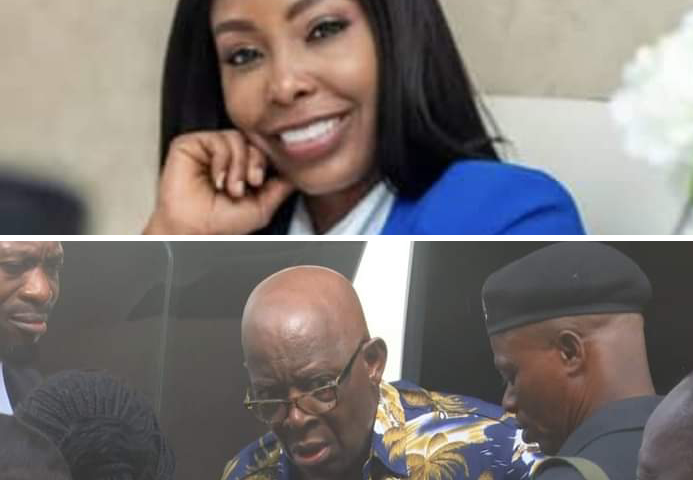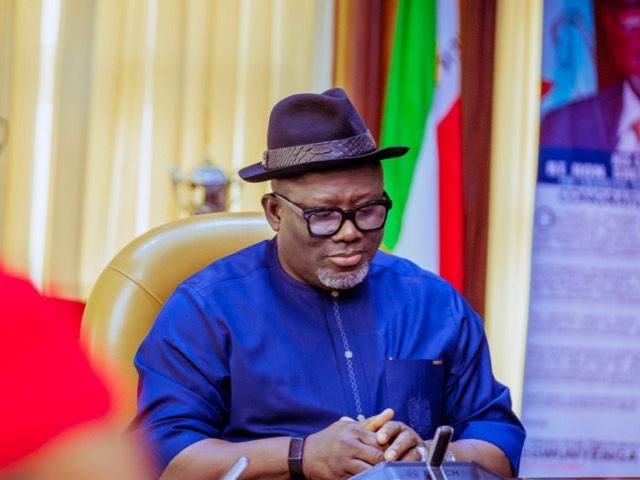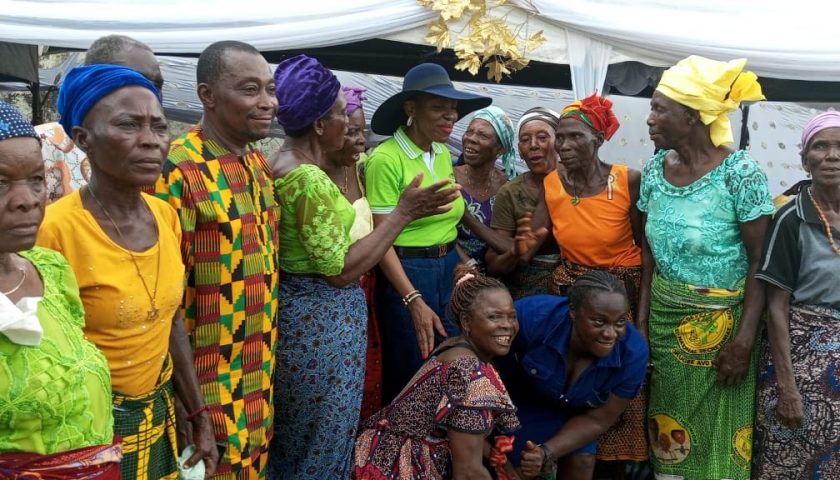US PRESIDENT Donald Trump has called North Korea a “flagrant menace” as world leaders condemned the rogue nation’s latest ballistic missile test.
Seoul, South Korea and Japan also spoke out against the missile launch, which came just days after South Korea’s new president Moon Jae In was inaugurated in Seoul.
The flight “was not consistent with an intercontinental ballistic missile”, the US Pacific Command said.
A statement from US President Donald Trump’s White House called North Korea a “flagrant menace” and urged “far stronger sanctions” against the reclusive nation.
“With the missile impacting so close to Russian soil – in fact, closer to Russia than to Japan – the president cannot imagine that Russia is pleased,” the statement added.
Moon, who convened an emergency meeting of South Korea’s National Security Council after the launch, said the missile test clearly violated UN Security Council resolutions and was a “grave challenge” to security in the region, the Yonhap news agency reported.
He also ordered the military to speed up the establishment of South Korea’s KAMD missile defence system.
Japanese Prime Minister Shinzo Abe called the latest launch “absolutely unacceptable” and said that repeated missile tests by Pyongyang were a “severe threat to our country” and a clear contravention of UN resolutions. The missile flew around 700km, suggesting the test was successful, Yonhap reported.
The launch, however, “did not pose a threat to North America”, the US Pacific Command said.
The news agency Kyodo, which said the rocket reached a height of 1000km, reported that the Japanese government was seeking to confirm whether the test involved a new type of missile.
North Korea’s first missile launch since April 29 came a day after a senior North Korean diplomat said Pyongyang would hold talks with the Washington under the “right conditions”.
Choe Son Hui, director general of the North Korean foreign ministry’s North America office, was on her way to Pyongyang when she made the remarks at an airport in Beijing, Yonhap reported Saturday.
MISSILE TEST ‘REACTION TO S KOREA ELECTION’
Speculation is rife as to whether the missile test was a possible response to the election four days ago of a new South Korean president and as US, Japanese and European militaries gather for war games in the Pacific.
South Korea’s Joint Chiefs of Staff confirmed the early morning launch but had few other details, including what type of ballistic missile was fired.
A statement said that the missile was fired from near Kusong City, in North Phyongan province, and that the South Korean and US militaries are analysing the details.
Outsiders will be especially interested in what kind of projectile was fired. While North Korea regularly tests shorter-range missiles, it is also working to master the technology needed to field nuclear-tipped missiles that can reach the US mainland.
North Korea’s past long-range satellite launches have been called clandestine tests of ICBM technology, but it is not believed to have tested a true intercontinental ballistic missile yet.
RELATED: The photos North Korea didn’t want you to see
The Trump administration has called North Korean ballistic and nuclear efforts unacceptable and has swung between threats of military action and offers to talk as it formulates a policy.
Australia has condemned North Korea for its “reckless and provocative” move.
“Australia regards this as a reckless and provocative action that leads to instability both regional and globally and has condemned clearly in the past North Korea for this sort of behaviour and we do so again,” Defence Minister Marise Payne told reporters in Melbourne on Sunday.
The launch also comes as troops from America, Japan and two European nations gather on remote U.S. islands in the Pacific for drills that are partly a message to North Korea. The USS Carl Vinson, an aircraft supercarrier, is also engaging with South Korean navy ships in waters off the Korean Peninsula, according to Seoul’s Defence Ministry.
RELATED: Three days in North Korea
Last week South Koreans elected a new president, Moon Jae-in, who favours a much softer approach than his conservative predecessor, Park Geun-hye, who is in jail awaiting a corruption trial. North Korea needs tests to perfect its missile program, but it also is thought to stage its launches after the elections of new US and South Korean presidents in an attempt to gauge a new administration’s reaction.
Moon, the first liberal leader in Seoul in nearly a decade, said as he took his oath of office that he’d be willing to visit the North if the circumstances were right. President Donald Trump has also said he’d be “honoured” to talk with leader Kim Jong Un under favourable conditions.
During the South’s so-called “sunshine” era of the late 1990s and early to mid 2000s, liberal South Korean leaders held two summits with Kim Jong Un’s father, the late Kim Jong Il, and shipped huge amounts of aid to the North. Critics say this only helped the elite in Pyongyang build their missile and nuclear programs, while supporters point to the bloodshed, threats of war and nuclear development of the last decade as proof that the conservative approach was no better.
Moon has moved more quickly on domestic economic goals than foreign policy. But analysts say that North Korea’s weapons program is likely too far advanced for him to be able to return to the type of sunshine policies his liberal predecessors favoured.
The move came just a day after the rogue nation indicated it was open to talks with the United States to ease mounting tensions.
A top diplomat said that Pyongyang would be willing to meet with the Trump administration for negotiations “if the conditions are set”.
Choi Sun-hee, the top North Korean authority who handles relations with the US, spoke briefly to reporters in Beijing en route to Pyongyang.
She was travelling from Norway, where she led a delegation that held an informal meeting with former American officials and scholars.
RELATED: North Korea — Putin’s power play to get more leverage over the West
Choi did not elaborate on what the North’s conditions are, but her comments raise the possibility of North Korea and the US returning to negotiations for the first time since 2008, when six-nation talks over Pyongyang’s nuclear weapons program fell apart.
President Donald Trump opened the door this month to talks, saying he would be “honoured” to meet North Korean dictator Kim Jong Un.
Tensions have mounted in recent months after the Trump administration said it would keep “all options on the table” to halt North Korea’s nuclear weapons program, including a military strike.
The North responded by pledging to retaliate with a devastating nuclear counter-attack, a threat it has made in the past.
In recent weeks, North Korea has arrested two American university instructors and laid out what it claimed to be a CIA-backed plot to assassinate Kim. Choi did not address the matter of the detained Americans on Saturday.
In Norway, Choi met with former U.S. officials and scholars for what are known as “track 2” talks. The talks, which cover a range of nuclear, security and bilateral issues, are held intermittently, and are an informal opportunity for the two sides to exchange opinions and concerns.
Source: news.com.au




